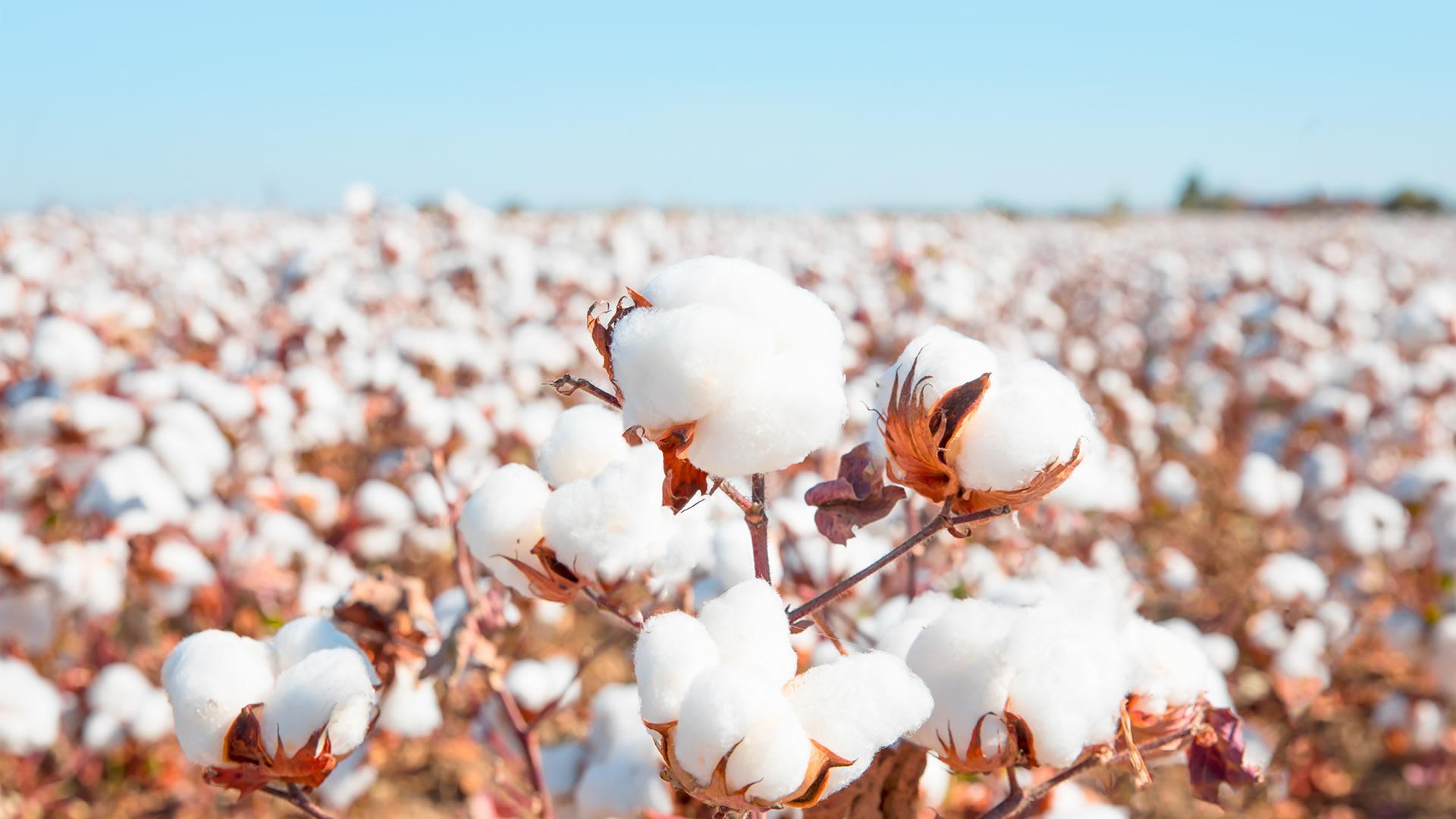Africa-Press – Eswatini. The world cotton price indicates a positive trend going forward to the 2023/24 cotton farming season.
The past season saw an increase in cotton price from E6 300 to E6 500 per tonne. This reflects an almost 4.5 per cent increase in the price of cotton.
The cotton crop is planted between October and November. According to the Eswatini Cotton Board Chief Executive Officer (CEO), Dr Daniel Khumalo, the current season indicates a better focus going forward. In an interview with this publication, Khumalo noted that rainfall distribution has been good since October 2023. He said most farmers have planted cotton in all cotton growing areas. “The past season further saw an increase in cotton price from E6 300 to E6 500 per tonne, a price welcomed by most cotton growers,” said Khumalo.
Irrigation
He said government continued to support cotton farmers through cotton revolving. He said the area planted was 700 hectares (ha) with a projected yield of 300 tonnes. Khumalo said the Nisela Farm continued to increase production under irrigation to 172ha during the period under review. “The projected yield from irrigated cotton is around 650 tonnes. This indicates improved chances of employment creation by the Government Eswatini. The cotton ginnery throughput is expected to improve in the coming season,” said Khumalo.
The CEO highlighted that climate change continued to threaten agriculture worldwide and Eswatini has not been spared from the climate change impact.
Khumalo stated that the Eswatini cotton industry experienced a drought in the 2022/23 season. He said this saw the industry engaging irrigating growers to meet the ginnery throughput. He highlighted that in 2021, a total of 63ha was grown under irrigation and 2022 saw an increase of 93ha. He said with the future of crop production leaning more towards irrigation, the industry was on the verge of recruiting more growers.
According to Khumalo, irrigated cotton saw a significant contribution to the ginnery throughput in the 2022 season. The yield from irrigated cotton was 288 tonnes. Khumalo further mentioned that small scale growers continued to thrive under rain-fed conditions in the past season. Area under production was 450ha, producing 206 tonnes of cotton.
Production
He lamented that during the 2022 season, the industry saw a decline in production compared to the 2021 season, due to the late commencement of rainfall. He said during the 2022 season, rainfall only came in February, denying most farmers a chance to grow cotton, which is a source of livelihood in drought-prone areas. He further highlighted that the Eswatini Cotton Board employs 80 seasonal workers during cotton ginning. This creates the required employment for those emaSwati living around the farming areas, giving them the most needed employment.
For More News And Analysis About Eswatini Follow Africa-Press







